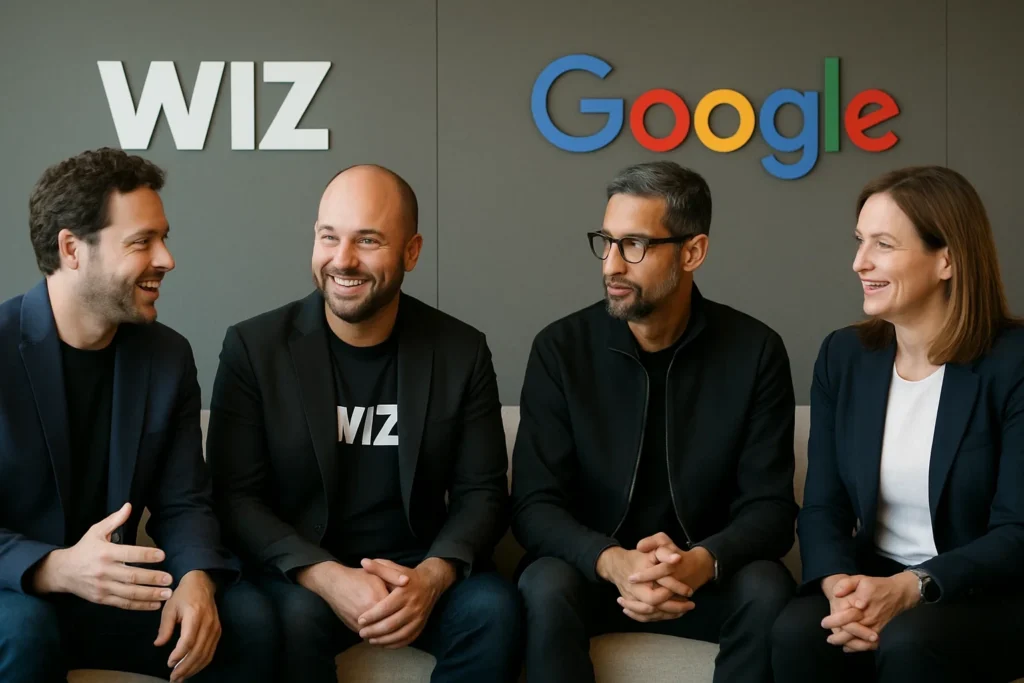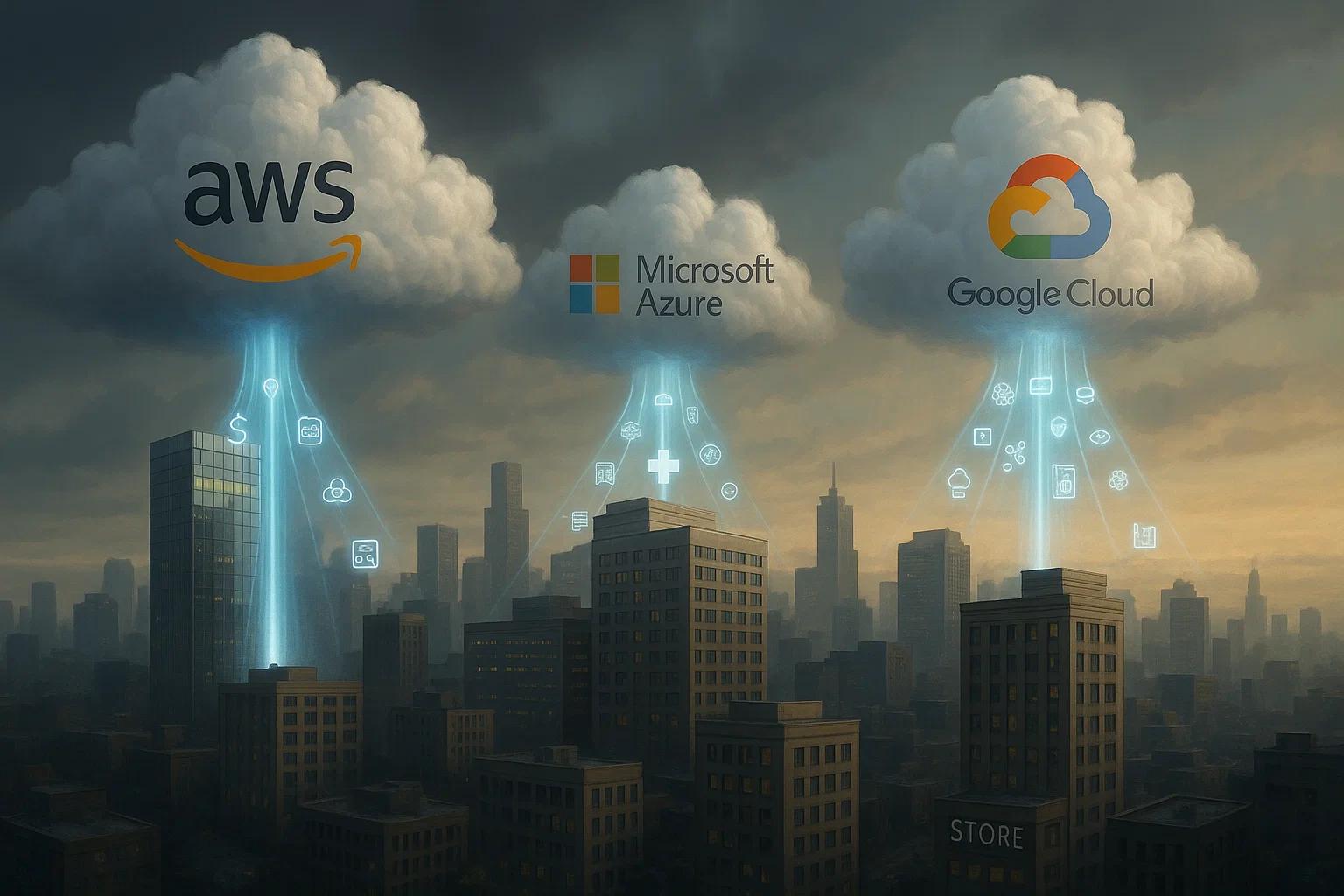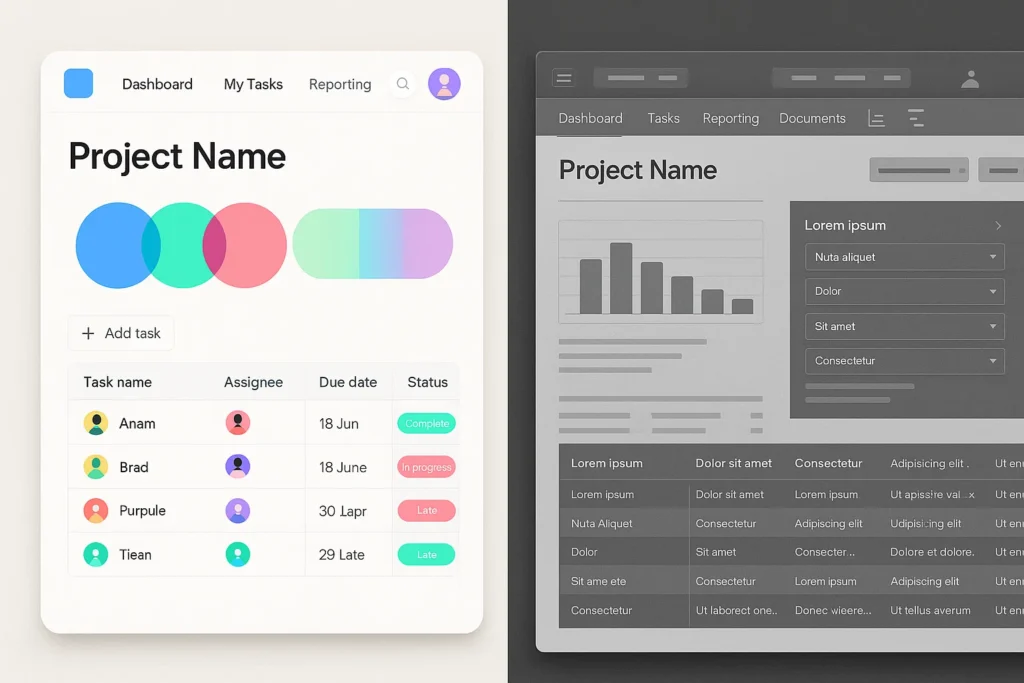Have you launched a breakthrough tech product only to see it buried in the market noise? In today’s crowded enterprise landscape, even great innovations can fail without a clear position. Strategic positioning is the art of staking your claim in the minds of B2B buyers. It’s what separates market leaders from also-rans. Drawing on enterprise marketing strategies and tech marketing examples from Microsoft, IBM, Salesforce, and other tech giants, this post provides a B2B marketing playbook for carving out market share and owning your niche. You’ll learn actionable strategies and real-world examples to help define your niche and make your brand the obvious choice in the tech market.
Key Takeaways: B2B Strategic Positioning Playbook
- Know Your Niche: Identify the exact industries, companies, and decision-makers your solution serves.
- Differentiate Value: Craft a compelling value proposition tailored to each buyer persona (e.g., CIO vs. CFO priorities).
- Agile Tactics: Use smart, guerrilla-style campaigns and content to reach C-suite influencers effectively.
- Learn from the Giants: Study Microsoft, IBM, Salesforce, etc., and apply proven positioning strategies.
- Anti-Positioning: Consider positioning against big players by being deliberately opposite (simpler, niche, or more focused).
These steps will help you build an enterprise marketing strategy that resonates with B2B buyers and stands out from the competition.
1. Define and Dominate Your Niche Market

Successful tech leaders like Gates and Jobs understood their customers deeply. In B2B, you must thoroughly understand your target market. Unlike consumer products, B2B marketing in tech often demands a laser focus on specific industries, company sizes, or even roles (for example, CIOs, IT directors, or procurement managers). Begin by researching the core pain points: what problems do these buyers encounter? What outcomes are they desperate to achieve?
- Analyze your industry: Utilize analyst reports, customer interviews, and feedback to identify unmet needs within a specific sector.
- Segment precisely: Focus on verticals (e.g., healthcare, finance), company scale (SMB vs. enterprise), or job roles where your solution fits best.
- Listen to prospects: Speak with real buyers or analyze inquiries to identify the language and priorities of your niche.
For example, when Salesforce launched its CRM, it targeted sales-driven organizations frustrated with spreadsheets and legacy systems. Asana targeted teams overwhelmed by complex project-management tools like Jira by promising a simpler alternative. Each company became indispensable to its niche audience. Your turn: pick a segment and position yourself as the obvious choice. B2B buyers are often loyal to solutions that fit their exact needs. Specificity is the key.
2. Craft a Compelling Value Proposition
Your value proposition is the ‘why’ behind your product, explaining why it matters to a business. In B2B, this means speaking directly to what executives care about. A CIO might prioritize security and integration, while a CFO cares about ROI and cost savings. Tailor your messaging for each persona:
- Identify Buyer Personas: Outline key decision-makers (e.g., IT, finance, operations) and their respective objectives.
- Address Specific Problems: Frame your solution as the answer to a pain point. For instance, if your software reduces inefficiencies, highlight how it saves time and cuts costs.
- Highlight Unique Strengths: Emphasize what sets you apart, such as ease of deployment, advanced features, or industry specialization.
- Quantify the Benefits: Use data and outcomes, such as “improves productivity by 30%” or “reduces downtime by 50%,” to demonstrate a measurable impact.
Example: HubSpot vs. Salesforce. HubSpot presents itself as an easy-to-use, all-in-one CRM for small to mid-sized businesses, emphasizing simplicity and affordability. Salesforce markets itself as a scalable, enterprise-grade CRM with advanced customization. Each brand speaks directly to its audience’s priorities, ensuring its message resonates. (In fact, 84% of B2B marketers say content marketing builds brand awareness.)
3. Employ Agile, Guerrilla-Style B2B Marketing Tactics

Large tech firms often dominate mainstream channels with massive budgets. Smaller B2B players can level the field with agile marketing, creative, targeted campaigns that cut through the noise:
- Hyper-Targeted LinkedIn Ads: Focus on individual decision-makers or tightly defined industries. LinkedIn is gold for B2B: 62% of marketers say it produces quality leads, and 97% use it as a content platform. Run ads or sponsored posts directly to CTOs or procurement officers, using messaging tailored to their pain points.
- Thought Leadership & Content: Publish whitepapers, case studies, or research that address niche problems. IBM’s strategy exemplifies its content marketing, positioning the company as an industry expert with solutions to complex challenges. When you share genuine expertise, decision-makers start seeing you as a trusted advisor.
- Client Success Stories: Showcase customer wins in a relatable way. Slack, for example, built buzz by highlighting user stories and integrations, making its brand a must-have before many competitors even noticed.
- Creative Campaigns: Do something memorable on a smaller budget. Host a focused industry webinar, create an interactive tool for your niche, or run an account-based campaign. When it comes to B2B marketing, personalization often outperforms broad ads.
Benefits of Agile Marketing in B2B:
- Lower cost, higher impact: Achieve meaningful reach without a huge spend.
- Speed and flexibility: Small teams can quickly pivot campaigns and engage when opportunities arise.
- Personalization: Customized outreach to key accounts or verticals builds trust faster than one-size-fits-all ads.
These guerrilla tactics help you capture attention and build credibility without outspending the giants.
4. Learn from the Tech Giants: Real-World Positioning
The industry titans succeed by segmenting markets and tailoring their positioning. Study these examples:
Cloud Market: AWS vs Azure vs Google Cloud
- AWS (Amazon Web Services): Positioned as the flexible, pay-as-you-go cloud for organizations of all sizes. AWS dominates with a vast service catalog, appealing broadly to startups and enterprises alike.
- Microsoft Azure Targets enterprise clients by emphasizing integration with the existing Microsoft ecosystem, including Office 365, Dynamics 365, and others. Azure is often the natural choice for companies already using Microsoft tools. Microsoft’s Azure and Amazon’s AWS command roughly 40% and 21% of the global cloud market, respectively. Notably, Azure’s usage is growing quickly. Azure grew 24% in 2022 vs. AWS’s 21%, thanks to Microsoft’s heavy investments and tight integration.
- Google Cloud: Positioned around AI, data analytics, and open-source technology. Google markets its platform as the leader in cutting-edge tools for companies prioritizing machine learning and modern architectures.

CRM and Enterprise: Salesforce vs HubSpot vs Microsoft
- Salesforce: The enterprise CRM giant. Its value proposition centers on flexibility, scalability, and a robust ecosystem of apps and partners. Salesforce’s marketing, including events like Dreamforce, reinforces its brand as the go-to CRM for large and complex sales organizations.
- HubSpot: The inbound marketing and CRM platform for SMBs. HubSpot stresses ease of use, integrated marketing tools, and predictable pricing. It appeals to companies that need a solution without the complexity or price tag of enterprise software.
- Microsoft (Dynamics 365 and Power Platform): Bundles CRM/ERP with Office 365 and Azure, targeting businesses already in the Microsoft environment. Its positioning emphasizes seamless integration and continuity across productivity tools, making it attractive to both enterprises and mid-market firms.
Each of these giants clearly defines its segment: HubSpot wins growing companies, while Salesforce and Microsoft focus on larger organizations.
IBM: Thought Leadership and Transformation
IBM’s brand has reinvented itself multiple times. Today, IBM’s positioning is about driving enterprise innovation and trust. They invest heavily in research and content. For example, the IBM Institute for Business Value publishes data-driven insights that position IBM as an indispensable industry expert. This thought leadership approach has helped IBM stay top-of-mind by focusing on the broader challenges of digital transformation across industries such as finance, healthcare, and manufacturing.
Key Takeaway: The tech giants know where they play and why. They align products and messaging with specific customer segments. You can do the same. Ask: Which market segment will you win, and how will you speak to them?
5. Anti-Positioning: Stand Out by Being the Opposite
Sometimes, the fastest way to break through is to be unlike the big guys. Anti-positioning means highlighting your differences and playing to competitors’ weaknesses.

Just as Coke and Pepsi differentiate by taste and branding, you can distinguish your B2B product by being the opposite of industry norms. For example:
- Asana vs. Jira: Jira is highly customizable and complex, built for technical teams. Asana’s anti-positioning strategy focused on simplicity and ease of use, targeting teams frustrated by Jira’s complexity. By offering an intuitive interface with essential features, Asana won users who found Jira overwhelming.
- Monday.com vs. Microsoft Project: MS Project is feature-rich but heavyweight. Monday.com carved out a niche with its colorful, user-friendly interface and template-based approach, a deliberate counterpoint to clunky legacy tools.
- Basecamp vs. Enterprise Suites: Basecamp intentionally omits complex features (such as Gantt charts) to market itself as the “no-frills” project management solution, contrasting with feature-heavy competitors.
How to Apply Anti-Positioning in B2B Tech:
- Identify competitor weaknesses: Look for ways big players overcomplicate or overcharge.
- Simplify where others bloat: If competitors pile on features, offer a leaner alternative. Emphasize ease and speed of deployment.
- Tailor to niche segments: Find customer groups underserved by “one-size-fits-all” tools. Make your product a perfect fit for their needs.
- Highlight what you don’t do: This clarity differentiates you. For example, Basecamp markets itself as not including every advanced feature, signaling that it’s for those who want simplicity.
Anti-positioning isn’t about attacking head-on; it’s about owning a space competitors ignore. By highlighting gaps and focusing on an alternative approach, you create clarity for customers. In effect, you reduce direct competition and build loyalty in that niche.
Conclusion: Position Your Way to Sustainable Growth

In B2B tech, features alone won’t guarantee success. What resonates are solutions aligned with buyers’ identities and challenges. The most successful companies master strategic positioning: they know their niche (e.g., Azure’s appeal to enterprises), craft tailored messaging (e.g., Salesforce’s “any business, any size” mantra), and execute creative campaigns (from IBM’s industry reports to HubSpot’s inbound educational content).
Action Steps: Take a fresh look at your strategy:
- Are you speaking your customers’ language?
- Is your value proposition crystal clear for each persona?
- Have you tested targeted, cost-effective campaigns to reach key decision-makers?
- Can you learn from how Microsoft, Salesforce, IBM, and others segment and message their products?
Your tech solution could be brilliant, but only strategic positioning will turn that into business. If you want help mastering B2B positioning, Via Marketing specializes in guiding tech companies. Contact us to refine your strategy and accelerate growth.